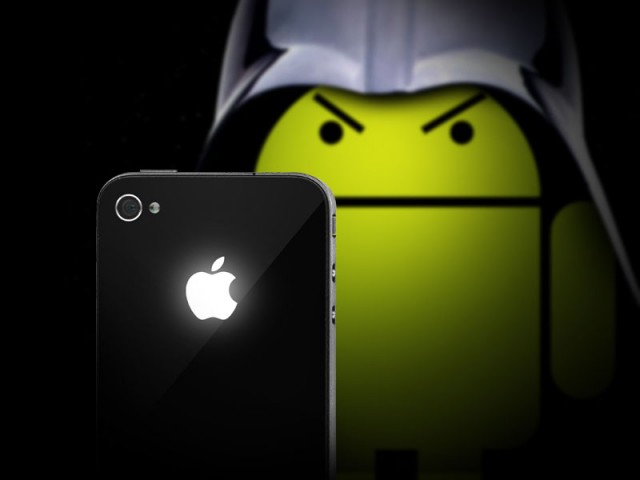
The battle for the top position in the smart phones and tablets category has been restricted to Google and Apple for quite some time now. Both Microsoft and Nokia are no longer the threat or competition they once posed. The latter have opted to quit the handset business while the former has been struggling to make incremental gains in market share even in countries they have been strong traditionally.
A Shift In Battle Tactics
However, what is interesting is the shift of this battle between the two leading players. The battle has shifted from hardware to the OS. The iOS 8 is pitted against the Android Lollipop now and though Google has a dominant market share, it will not rest easy till it is able to capture more of the iOS market especially in countries like the US.
The Lollipop is the biggest update for Google after its earlier OS updates have not quite satisfied the requirements for consistency and smooth operation of stock Android. It is hoping with the Lollipop that it would be able to reduce fragmentation and provide users pure Android experience that it has been striving for so many years now. It is expected that since Android L is going to bring about a paradigm shift in how an OS is going to function, there will be many who would now gravitate towards Android than towards the iOS.
Apple on the other hand has never faced fragmentation issues as they have always been the sole provider of OS updates. With the introduction of the iPhone 6 and iPhone 6 plus they have been able to satisfy the need of users for a bigger display and have also introduced the iOS 8 for the very first time.
There are 3 important criteria that will go a long way in influencing the user to decide between the Lollipop and the iOS as under:
A) The Design
Apple has always had an edge when it came to design and considering that the iOS 8 has been introduced with a lot of overhauling, it is sure to attract a lot of attention and interest. But the same can be said of the Android Lollipop. The Material Design is a first for Google and the graphical user interface along with other visual touches can by no means be ignored by any user. It is therefore a tough fight.
B) Notifications
Both majors have tried to bring about changes to this aspect of the smart phone. They have recognized the importance of making it easier for users to quickly have a glance at the notifications without having to interrupt what they are currently doing and both score high on this front as well.
C) Compatibility With Other Devices
Apple has had an advantage throughout with their iPhone series being able to collaborate with a host of other Apple gadgets. Google has come to the party with the Lollipop made equally compatible so as to work with other devices like the Android Auto and even Android Wear.
